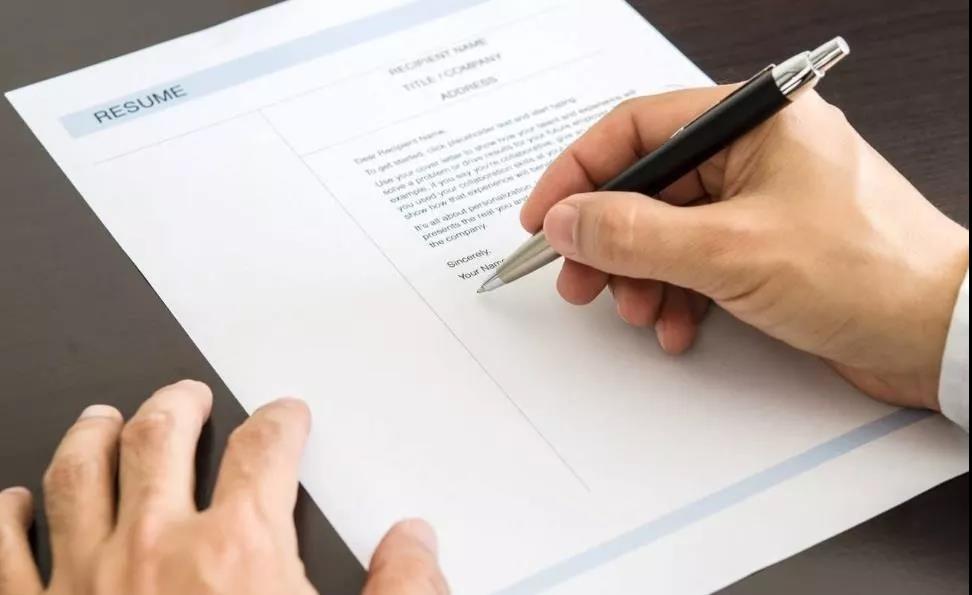2023年度高一英语必修一《Unit,2,Poems》教案【完整版】
心无旁骛,全力以赴,争分夺秒,顽强拼搏脚踏实地,不骄不躁,长风破浪,直济沧海,我们,注定成功!高一频道为大家推荐《高一英语必修一《Unit2Poems》教案》希望对你的学习有帮助下面是小编为大家整理的2023年度高一英语必修一《Unit,2,Poems》教案【完整版】,供大家参考。

【导语】心无旁骛,全力以赴,争分夺秒,顽强拼搏脚踏实地,不骄不躁,长风破浪,直济沧海,我们,注定成功!高一频道为大家推荐《高一英语必修一《Unit 2 Poems》教案》希望对你的学习有帮助!
教案【一】 教学准备
教学目标
教学目标Teaching Aims
知识与技能Knowledge and Skills
1. 了解教学大纲关于语法填空的命题特点。
2. 能够根据语法填空的命题特点自己编语法填空的题目
3. 掌握语法填空的解题方法与技巧
过程与方法Process and Methods 让每一位同学都能参与到课堂教学与活动中来,以小组或结对 的形式进行相互学习和讨论。
情感态度与价值观
Feeling, Attitudes and Values 学习应对语法填空是与课文相结合,让学生在了解各种不同诗歌形式的背景下学习语法填空的设题与解题特点,从而更加理解英语诗歌的特色,更加懂得如何阅读和欣赏英语诗歌。
教学重难点
教学重点
Important Points :1. 让学生了解语法填空的命题特点
2. 掌握语法填空的解题方法与技巧
教学难点
Difficult Points:语法填空中词性的转换
教学过程
Teachers’ Activities
Step I: Lead-in
① Review the new words and expressions of this unit by them together, and then do Task 1---speak out the other forms according to the giv en words
② Listen to the song Jingle Bells and try to fill a word into each blank.
Step II : Pre-practising
1. Questions
① Do you think it is difficult to complete the items of blank-filling with grammar knowledge?
② Have you figured out the characteristics of the item?
2. Explaining
In this item there are 10 blanks for you to fill in with less than one proper word
① some blanks with a given word while others with none
② fill in the blanks with the proper form of the given word according to its grammatical and logical meaning.
③ choose a preposition, pronoun, conjunction or an article to fill in the blank without any given word.
3. Discussion
How can we finish the items step by step with our grammar knowledge?
① ___________________________________________.
② _ __________________________________________.
③ ___________________________________________.
Step III : While-practising
1. Making an item of grammatical blank-filling based on the para graph of the text.
① more than 5 blanks.
② some blanks with given word.
③ others with none.
2. exchange the item you made for your partner to complete it .
3. The whole class finis h the one the teacher prepared for them.
Step IV : Post-practising
1.Check some of the students’ anwsers and give comments.
2.Draw a conclusion
Step V: Homework Assign ment
1. Further improve your skills of dealing with the grammar filling.
2.Complete Ex.2 on Page 10, Nanfang New Class
教案【二】 教学准备
教学目标
Teaching goals
1. Target language
a. Important words and phrases
Poem, poetry, recite, aspect, convey, nursery, rhyme, diamond, cottage, balloon, sparrow, tease, salty, endless, translate, nursery rhyme, take it easy, run out of, make up of
b. Important sentences
Which poem is about things that don’t make sense?
Poets use many different forms of poems to express themselves.
I hadn’t taken my eye off the ball.
We hadn’t taken it easy.
The poem is made up of five lines.
A lot of Tang poetry has been translated into English. The translations have a free form that English people like to copy.
2. Ability goals
a. Enable Ss to talk about different types of poems: nursery rhymes; list poems; cinquain,; haiku; Tang poems
b. Enable Ss to talk about different purposes of writing poems.
c. Understand the main theme of each poem.
d. Enable Ss to chant some of their favorite poems.
3. Learning ability
Enable Ss to distinguish different types of poems
教学重难点
Teaching important points
1. Talk about five main types of poems.
2. Understand the main purpose of writing the poems.
Teaching difficult points
1. Find the rhythm of each poem.
2. Chant the poem.
3. Understand the main purpose of writing the poems.
教学过程
Teaching procedures & ways
Step 1. Greetings
Step 2. Presentation
Ask Ss to think back and try to remember poems from their early childhood, either in Chinese or in English.
Talk about some famous poets both home and abroad, either ancient ones or modern ones.
Brainstorming: What will you think of when we talk about the word “poem”?
Step 3. Warming up
Read the questions in this part, reminding Ss what they notice about the above poems.e.g. they have a strong beat, or they have rhyme, or they play with words and sounds, or perhaps some of them are funny because they make no sense.
Tell Ss that there are many reasons why people write poetry. Give the examples on the Bb. Ask Ss why they think the poets wrote the poems they have just recited.. Write their suggestions on the board.
Give Ss a time limit of a few minutes. Divide the class into groups of four to discuss the purpose of writing poems. Ask one person from each group to read their group’s list and add their suggestions to the list on the board. Suggested reasons: to create certain feelings or images in the reader; to share a feeling or experience; to describe something in detail or give an impression; to get the reader to think about an idea; to express a point of view; to make the reader experience the sight, sounds, smells, feel and tastes of something; to create a mood, to play with words--- their sounds, rhyme and rhythm.
If time permits, in small groups or as a class, discuss the kinds of topics that poets write about. people, animals, nature, landscapes, the sea, the seasons, stories, death, war, youth and old age, feeling and experiences, emotions like love, hate, sadness, regret and desire, etc.
Step 4. Pre-reading
People from different countries write different kinds of poems. Get Ss to discuss the questions on Page 9 with their partners: Do you have a favorite poem in Chinese? Why ? Do you have a favorite poem in English? Why?
As to exercise 2, give Ss practice in an important reading skill: scanning a text, that is, looking through a text quickly to find specific information. Read the table in exercise 2 with the Ss. Tell them that they are going to look for the information in the table, just in the poems themselves, not in the other parts of the text. They are to look only for those pieces of information and not read every word. Do an example with them.
Suggested answers to exercise 2:
Step 5. Reading
Scanning
Get the Ss to read the passage quickly and accurately and meanwhile help the Ss to form a good habit of reading. Teacher gives Ss a couple of minutes to look through the whole passage. Tell them to read the text silently and then ask some detailed questions about the text on the slide show . Teacher should encourage Ss to express their ideas.
Q1. Why do people write poetry?
Q2. How many forms of poems are mentioned in the passage? What are they?
Q3. What does “nursery rhyme” mean? Why do they delight small children?
Q4. What’s the characteristic of “list poems”? What about “cinquain”?
Q5. Why do English People like “Haiku”?
Q6. Are you familiar with Tang Poems? Do you know the title of the last poem in the text?
Listening
Before Ss read the text, have them close their books and listen to the text with their eyes closed. This gives Ss the opportunity to listen to the sounds or “music” of the poems before reading them in detail. Tell them that it doesn’t matter if they don’t understand every word.
First reading
Get Ss to read the text carefully, finding the one sentence that sums up the paragraph of each part.. Underline the topic sentence.
Second reading
Tell Ss that they are going to look at the rhythm of two of the poems. Make sure they know what rhythm is. Read the limerick aloud and have Ss listen for the strong beats. Then have them clap the strong beats as you read. Mark the strong beats on the limerick on the board.
There was an old man with a beard
Who said “it is just as I feared”.
“Four insects and then
Two birds and a hen
Have all made a home in my beard”.
Now read the poem A & B. Ask them to mark the strong beats on the two poems that have a strong rhythm. Check their answers . Then play the tape and get them to clap to the strong beats in those two poems.
Third reading
Just as any scene can serve as the subject of a painting, so any part of daily life can provide material for a poem.. Of course, the choice that the artist or poet makes relates to his or her purpose. Poetry is usually short and compact, so it should be read several times, preferably aloud, to appreciate its meaning. Read the last poem Poem H, and answer the following questions:
Q1. What parts of the poem suggest that the woman loves her husband?
Q2. How do you understand the sentence” Should the journeyer return, this stone would utter speech.”? Explain the sentence in your own words.
Q3. What picture do you have in your mind when you read the above sentences?
Q4. Do you know the Chinese title of this poem? Do you know the Chinese version of the poem?
Step 6. Make a short summary of this period.
课后习题
Homework
1. Surf some websites to find out more information about poets.
2. Review the content of the reading passage.
3. Finish the exercises on Page 12& 13.
推荐访问:英语 高一 必修 高一英语必修一《Unit 2 Poems》教案 高一英语必修二unit5课件 高一英语必修一unit2单词讲解ppt 高一英语必修一Unit2教案
上一篇:初一上册历史课文教案
下一篇:人教版九年级历史期末测试卷答案





